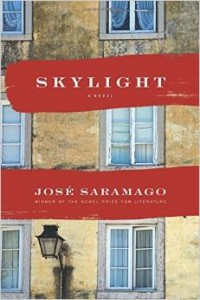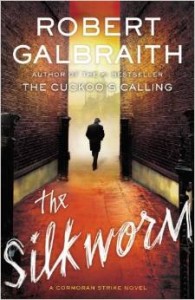 This latest snowfall has us all wondering if winter will ever end. We know spring and flowers andwarmer weather have the potential to exist…and have existed before…but we just can’t seem to imagine it now.
This latest snowfall has us all wondering if winter will ever end. We know spring and flowers andwarmer weather have the potential to exist…and have existed before…but we just can’t seem to imagine it now.
Have no fear, here’s a photo from the Ames Library’s Tate Archives, showcasing a gorgeous spring day on campus. Not sure where this photo was taken? Well that’s because there’s a building in it that doesn’t exist anymore. This photo was taken, looking roughly northwest towards where State Farm Hall is now. What’s that building in the photo you ask?
Sheean Library.
The following originally appeared in the IWU Magazine:
The world was a different place 43 years ago, and Illinois Wesleyan’s library was no exception.
“Does your report need typing? Don’t drag a dozen books across campus,” an early brochure for Sheean Library proclaimed. “Bring your own typewriter, or rent an electric in rooms specially set aside. There’s even a calculator room.”
Sheean’s opening was, in fact, a “big deal” to students like then-sophomore Steve Burrichter ’70. “We went from Buck Library, which was older, to a very modern, spacious and well-equipped library for that time,” he recalls. “I was amazed to watch the construction. Extended flatbed trucks brought in the tall, white stone and concrete pre-formed pieces that gave the library its design.”
Nine years after it opened, the library was named for the late Jack Sheean, a local businessman who loved books and gave generously to the University, including funding several students’ college educations.
Burrichter recalls how students helped fill Sheean with books prior to its opening in 1968. “Many of our class members, and many other students who went to IWU at the time, were used to transport the books from Buck Library to their new home in Sheean Library,” he says. “The involvement of so many students gave a sense of ownership of the new library.”
Areas like the Pit — with its casual furniture for relaxed study — are remembered fondly by generations of students who used Sheean. The library’s Micro Center allowed access to 4,000 microfilm items and its card catalog was massive. With the dawn of the digital-information age, most of those once-popular features became anachronistic. This past summer, Sheean was finally torn down to make way for a new classroom building.
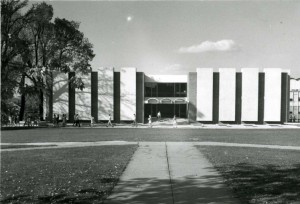
Sheean Library
“I’m sure at the time that it opened, it worked very effectively, but it was not able to grow as libraries changed and modified,” says Sue Stroyan, Illinois Wesleyan professor and information services librarian. Stroyan became University librarian in 1992 and oversaw the transition to The Ames Library when it opened in 2002.
“In the past decade since Ames opened,” says Stroyan, “there have been constant changes in academia and in library technology. Ames has been able to adapt to those changes. We were not able to do that in Sheean because of its structural issues.”
In the late 1960s, University press releases noted Sheean’s “quadrant concept,” a layout that featured four areas of stacks on each of three floors around a central lounge and stairway area. While the massive structure was formidable, it was also inflexible. Thick concrete walls and floors made it extremely difficult to add new electrical and Internet wiring.
Sheean’s architectural design provided other challenges. The centrally located open staircase meant constant noise throughout the building, while the single-pane glass windows created humidity issues, says Stroyan, who remembers frequently seeing frost on the library’s interior concrete walls.
In addition, the library’s collection simply outgrew the building. The current library collection totals more than 350,000 volumes; Sheean was built to accommodate just 140,000.
Years of research were invested in possible renovation ideas for Sheean, but none were practical or financially viable. The building’s location in the middle of campus didn’t help, either; it left no room for an addition, and space inside the library was increasingly at a premium.
While Sheean’s shortcomings weren’t disputed, its closing in late 2001 was met with mixed emotions. Students wrote farewell messages to the building on a giant scroll of paper, ranging from “Goodbye, old friend” to “I will miss your ugly furniture most of all.”

Sheean’s thick walls are smashed by a wrecking ball. Crushed concrete and brick will provide the new classroom building’s foundation. (Photo by Marc Featherly)
When they moved the collection to The Ames Library, library staffers took the time to reuse or recycle whatever they could from inside the building. Extra shelving went to libraries in need, display cases found new homes, and some furniture was brought to the new library and stained to match the updated color scheme. “What we couldn’t use, we were able to find homes for to a great extent,” Stroyan says.
That theme continued when the building was demolished in July and August this year. Construction crews crushed brick and concrete into a new foundation for the future classroom building and sent lamps and other materials to special recycling facilities.
Also salvaged from the former library was a time capsule, which had been stored inside a copper box in the building’s cornerstone. The contents will be revealed during a Homecoming event Oct. 22 on the Robert S. Eckley Quadrangle.
“What people place into these time capsules gives us an idea of what they feel is significant, what they want others to remember about their time here,” says IWU Archivist Meg Miner. What’s inside will remain a secret until the capsule is opened, but the library will hold a contest prior to Homecoming for those who want to wager a guess as to its contents.
The classroom building that will replace Sheean is expected to have a time capsule placed in its cornerstone as well. Meanwhile, across campus, Sheean’s replacement continues to impress. “The Ames Library is exceptional and makes other people view Illinois Wesleyan and its library as well above other universities,” Burrichter notes.
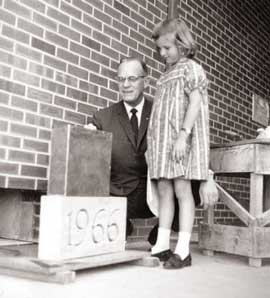
Contents of a time capsule placed in the building’s cornerstone by IWU President Lloyd Bertholf will be revealed at Homecoming.
One of Sheean’s lasting legacies, Stroyan says, is that it helped planners formulate ideas about what was needed in a new library. For example, the many large windows in Ames are, “to some extent, a reaction to the Sheean’s narrow windows, which provided no direct light,” she says. Other influences can be seen in Ames’ flexible floor plans and improved study spaces. Because of such considerations, Stroyan believes there’s a very good chance that Ames will outlast its predecessor in years of usage.
Most importantly, she adds, The Ames Library has proven to be a popular destination for both students and faculty.
“We had a 300 percent increase in usage when Ames opened,” says Stroyan, “and that has continued. It’s a beautiful, functional building and a place of research and learning where people really like to be. From my perspective as a librarian, you really couldn’t ask for more.”
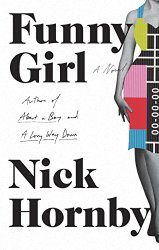
![IMG_20150227_075307[1]](https://blogs.iwu.edu/library/files/2015/02/IMG_20150227_0753071-1024x584.jpg) Did youknow that the Help@Ames beta likes to read? Every so often he goes on a new adventure in a book and this week he’s been swimming around Funny Girl, a novel by Nick Hornby.
Did youknow that the Help@Ames beta likes to read? Every so often he goes on a new adventure in a book and this week he’s been swimming around Funny Girl, a novel by Nick Hornby.







![IMG_20150224_111816[1]](https://blogs.iwu.edu/library/files/2015/02/IMG_20150224_1118161-1024x576.jpg)



![IMG_20150223_074448[1]](https://blogs.iwu.edu/library/files/2015/02/IMG_20150223_0744481-1024x584.jpg)
![IMG_20150223_074518[1]](https://blogs.iwu.edu/library/files/2015/02/IMG_20150223_0745181-171x300.jpg) , those tiles were major tripping hazards, so Physical Plant has done what they can in the subzero temperatures, but we’ll have to wait for warmer weather in order to fix the base problem. In the meantime, have caution when approaching the library – knowledge is contagious.
, those tiles were major tripping hazards, so Physical Plant has done what they can in the subzero temperatures, but we’ll have to wait for warmer weather in order to fix the base problem. In the meantime, have caution when approaching the library – knowledge is contagious.![IMG_20150113_130321[1]](https://blogs.iwu.edu/library/files/2015/02/IMG_20150113_1303211-1024x584.jpg)

 health care records, connect with others, and build businesses. But the one trillion dollar mobile industry is still relatively young. Leaders in both the public and private sectors need to figure out how to apply mobile technologies or mobile devices to optimize education, health care, public safety, disaster preparedness, and economic development. And the ever-expanding mobile frontier presents new challenges to law, policy, and regulations and introduces new tensions; one person’s idea of cautious deliberation can be another’s idea of a barrier to innovation.
health care records, connect with others, and build businesses. But the one trillion dollar mobile industry is still relatively young. Leaders in both the public and private sectors need to figure out how to apply mobile technologies or mobile devices to optimize education, health care, public safety, disaster preparedness, and economic development. And the ever-expanding mobile frontier presents new challenges to law, policy, and regulations and introduces new tensions; one person’s idea of cautious deliberation can be another’s idea of a barrier to innovation.
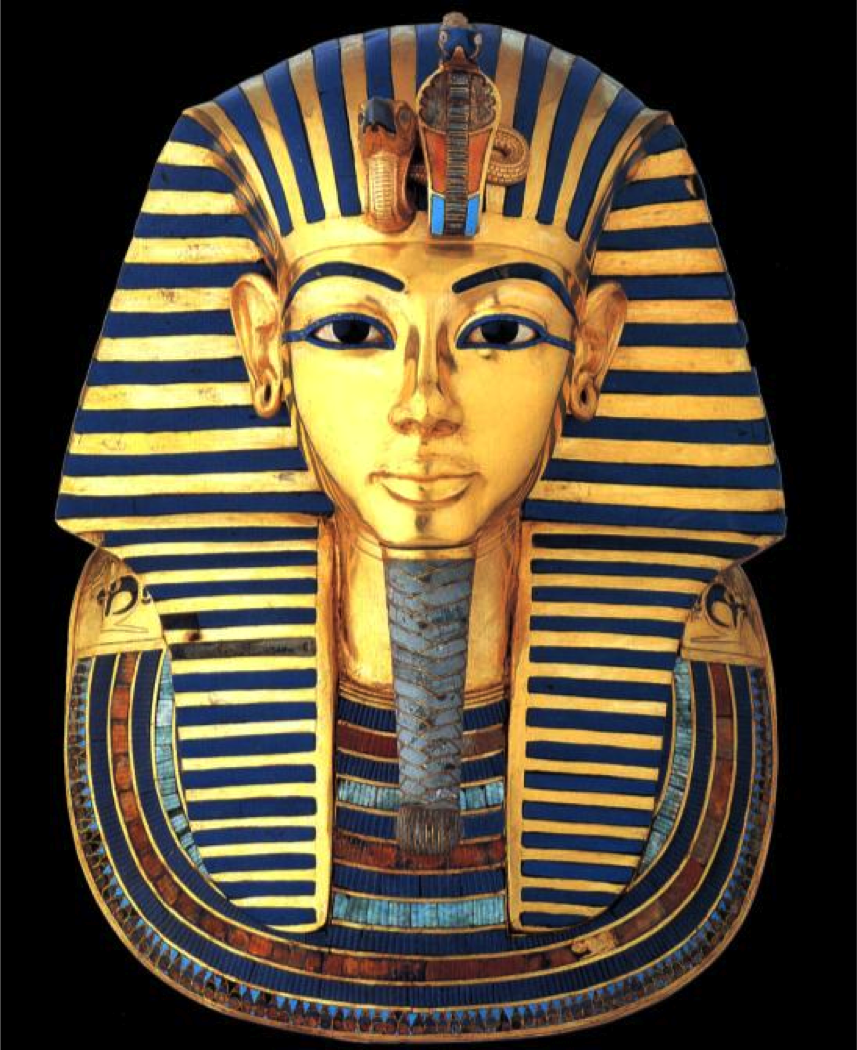
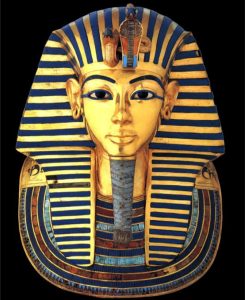
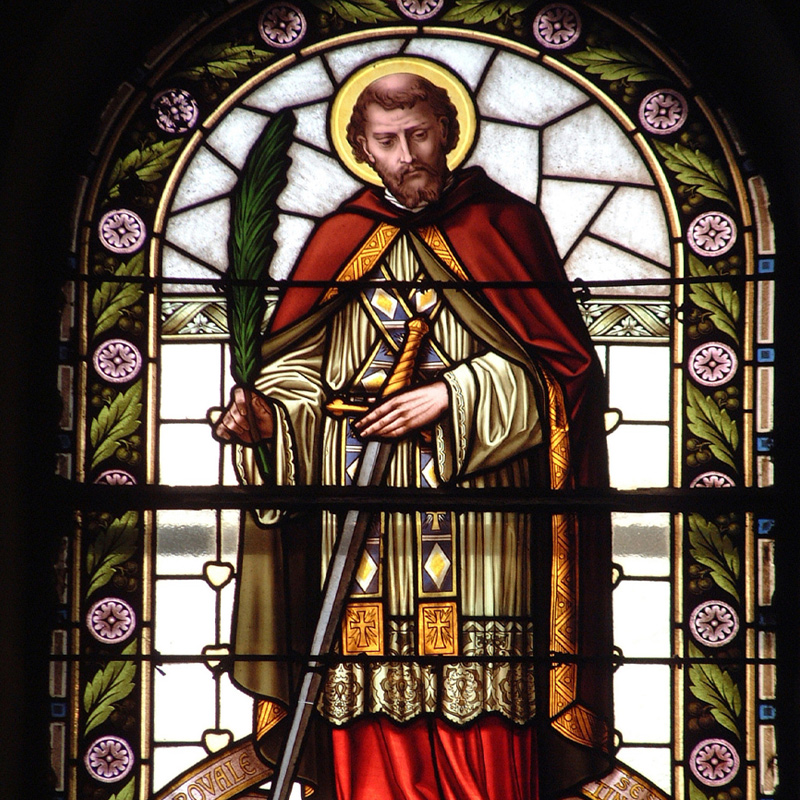
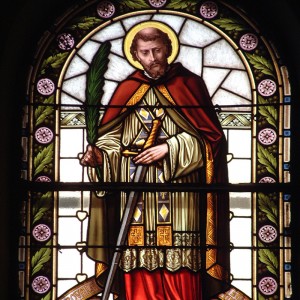 Claudius banned all marriages and engagements in Rome. Valentine, realizing the injustice of the decree, defied Claudius and continued to perform marriages for young lovers in secret.
Claudius banned all marriages and engagements in Rome. Valentine, realizing the injustice of the decree, defied Claudius and continued to perform marriages for young lovers in secret.
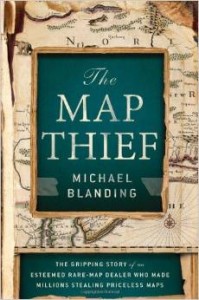 d slipping maps out of books in the Yale University library. The Map Thief delves into the untold history of this fascinating high-stakes criminal and the inside story of the industry that consumed him.
d slipping maps out of books in the Yale University library. The Map Thief delves into the untold history of this fascinating high-stakes criminal and the inside story of the industry that consumed him.